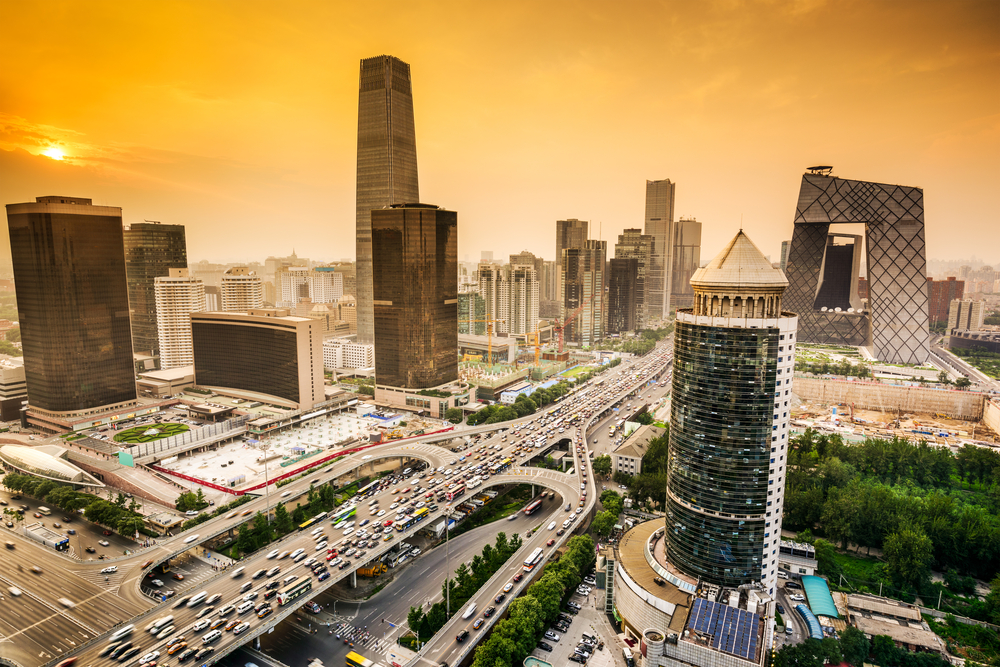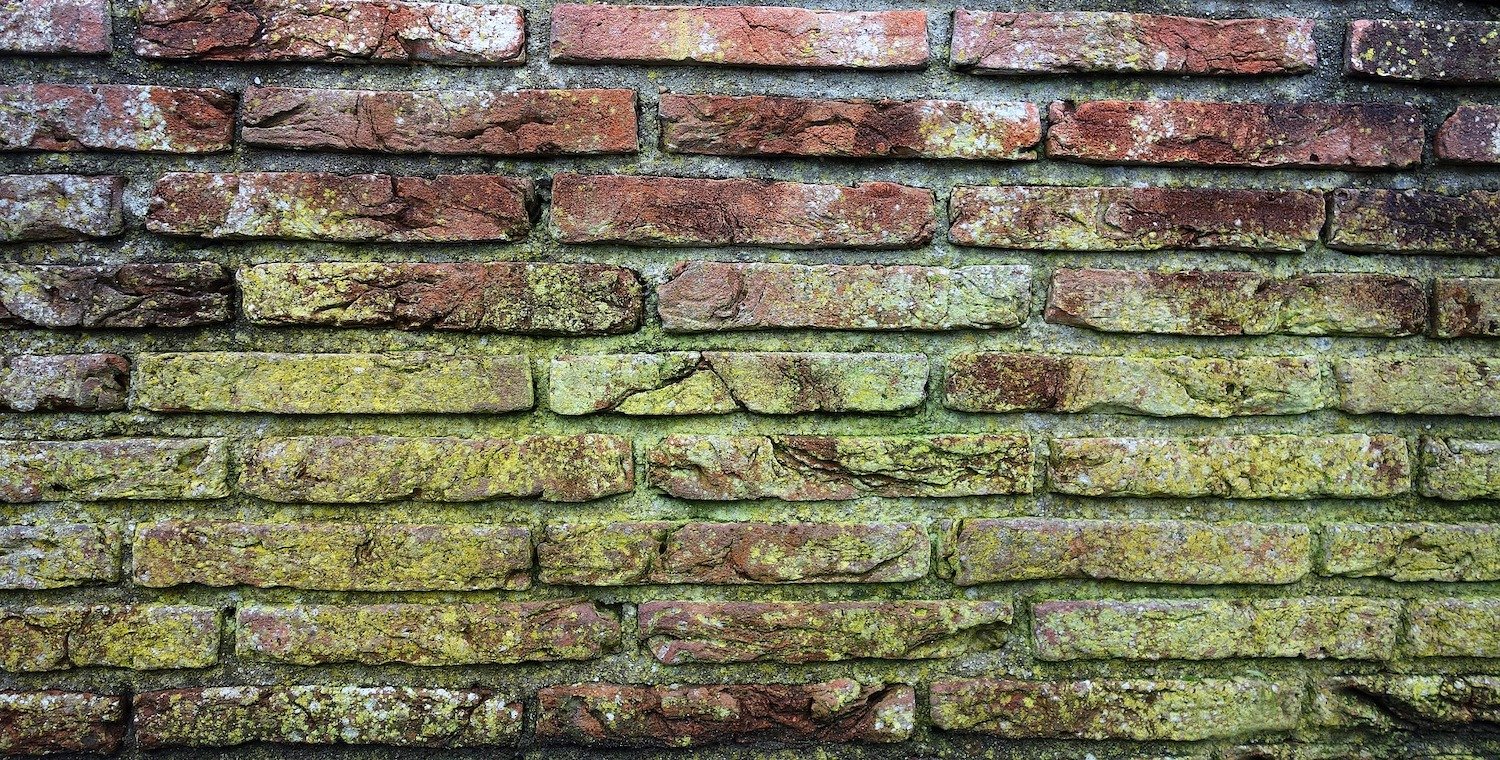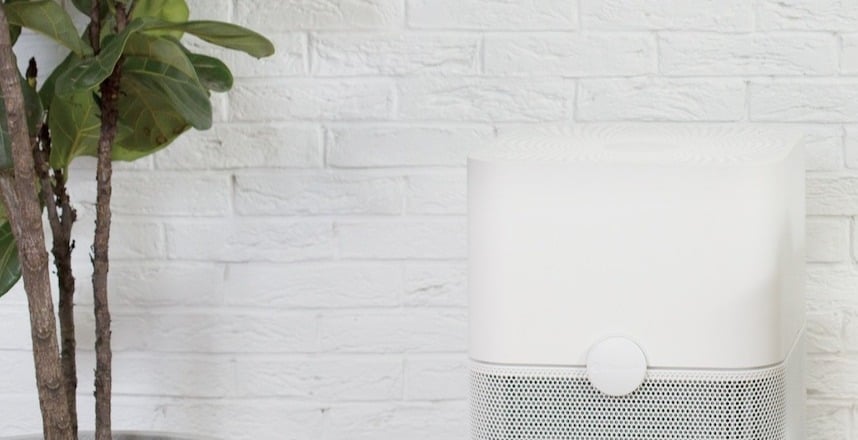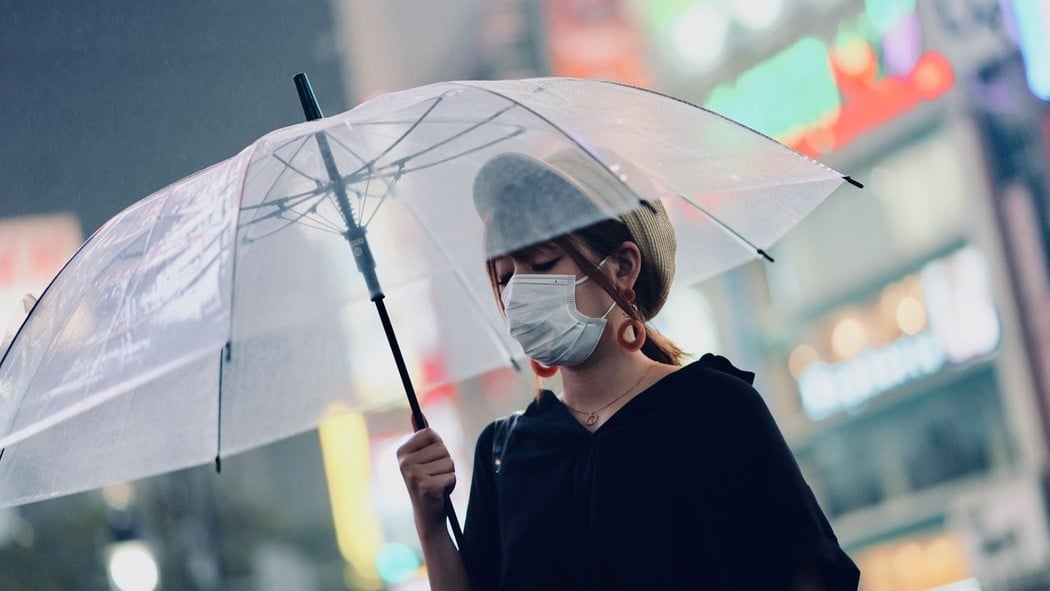Newsletter
What are the harbingers of Beijing’s end of (clear) days?
Each polluted city’s smog is unique. It sounds strange, but just like the cuisine or architecture, every city that is regularly engulfed in a man-made cloud of yuck can see its own history reflected in the haze. If there is such a thing as a smog connoisseur, he knows the moment he steps out of the airport which city he is breathing. Today, we are going to look at where Beijing’s brand comes from.
It’s really really hard to determine the sources of air pollution once it’s already in the air. It’s like collecting samples from a restaurant’s garbage bin, and then trying to figure out what each table ordered. It’s also a logistical impossibility to accurately monitor every factory, car, mill, plant and chuanr stand to see what they are letting off. That’s why if you read 10 studies on the sources of pollution in Beijing, you’ll find that they all reach 10 different conclusions.
For this reason, as of this moment in 2015, there is no consensus on who the worst polluters are. One report says the cars are the main contributor, while the next says that it’s coal burning. It’s even been claimed that barbecues are the reason that Beijing’s air is so bad!
But while nobody can agree on who contributes the most to Beijing’s artificial overcast, there is little dispute about who the contributors are. These are the four big polluters in Beijing:
1) Motor vehicles
Cars, trucks, buses, trains, motorcycles and gas-powered rollerblades all contribute to motor vehicle pollution. There are between 5 and 6 million cars on Beijing’s roads, and most of them spend more time idling than moving. Despite fairly well-planned infrastructure, Beijing’s congestion is the main reason that pollution from traffic is thought to be so severe.
Why is congestion the problem? More cars on the road means more cars creating pollution, obviously, but every car exacerbates commute time, and longer commute times means each car contributes more junk than it otherwise would. Beijing’s congestion is out of control, a point that this eBeijing article illustrates well:
Beijing’s Second Ring Road covers a full length of 32.7 kilometers, and has six two-way lanes. If a car is 4.5 meters long, then the Second Ring Road can hold only about 43,600 cars. By the same token, the Third Ring Road could hold about 64,000 cars, and the Fourth Ring Road about 116,100 cars. If the three Ring roads are fully packed, they could hold only about 223,900 cars, just 5.6 percent of the four million cars. That is to say, if six in every 100 cars are on the three Ring roads simultaneously, the roads will be paralyzed.
Now, take into consideration that this was a 2012 article about Beijing reaching four million cars on the road. This year (2015), that number will exceed six million. With 50% more cars on the road since this article was published, it’s no wonder that vehicle pollution is considered by many to be the biggest problem facing the city.
How bad is it?
Thankfully, as of 1997, Beijing has banned the use of leaded gasoline, so at least you aren’t breathing (as much of) that particular heavy metal as you walk down the street.
The usual suspects—that is, particulate matter in the form of carbon compounds, sulfates and nitrates, can induce or agitate conditions like asthma or bronchitis, but that’s nothing new, nor is it unique to vehicle pollution.
What gets you with car exhaust is proximity. A factory smokestack releases a large amount of compounds that are very bad for you, but many of them break down and diffuse long before they reach your fragile alveoli. But traffic is much more in-your-face… often literally. At street level, you are much more likely to inhale carbon monoxide, which prevents your body from moving oxygen through your blood. In high concentrations (such as in a closed garage), that will kill you, but in low concentrations (e.g. outdoors) you just might feel sleepy, slow and stupid. Use that excuse next time you’re not prepared for an exam or meeting—“Sorry, I inhaled a lot of carbon monoxide on the way over and it’s impacting my cognitive function.” Those symptoms will clear up over time, but breathing it often is like randomly cutting electricity to some of your appliances for a few minutes every few hours—You might not notice any dramatic effects, but over time, the stress adds up.
So the main takeaway with motor vehicle pollution is that most people in the city live much closer to a busy roadway than to a factory or power plant. This means that for the urban population, smog from car exhaust might be a much bigger factor than what the raw numbers suggest, especially for those spending a lot of time at street level. This makes a strong case for traffic being the worst offender as far as bottom-line quality of life goes.
2) Coal combustion
China still gets 64% of its electricity from coal burning, and accounts for nearly half of the coal consumed worldwide. Xi Jinping has pledged to phase out the use of coal, with some optimistic reports claiming that the first coal-free day will arrive as early as the year 2020. Beijing might see the light at the end of the tunnel even sooner; according to Bloomberg, the last of Beijing’s coal power stations will be shut down in 2016. If analysts like Tian Miao are correct in claiming that coal is the greatest evil in the air quality game, then blue skies might become a common sight again in Beijing before the beginning of the next decade.
But what about right now? Of Beijing’s 3 major coal power stations, two are located inside of the 6th ring road (west) and one inside of the east 5th, meaning that it doesn’t take much for the carbon cloud from these plants to blanket the city, regardless of how the wind blows. It’s no wonder that the power-hungry capital has had such little respite from carbon pollution in light of being flanked with these major contributors.
Even when Beijing stops being coal-reliant, pollution blowing in from the south will bring in particulate matter from newly-constructed coal plants in Hebei (to replace the closed ones in Beijing), as well as other coal-hungry areas like Tianjin where plant closures have not been on the docket. Considering how long PM2.5 can hang in the air and how far it can travel, many are skeptical that closing four coal-burning power stations out of the 2,200 that China has in operation will have more than a superficial effect, especially when more plants are opening just outside of the city where regulations are looser.
So should we be pessimistic or optimistic? Depends on the day, I guess.
How bad is it?
Burning coal is mankind’s most effective way of spreading a large amount of airborne carbon over a large region. Carbon particles stay in the air for a long time, and are easily blown far away from their original source. The longer they hang in the atmosphere, the more likely it is for them to react with the sunlight and other compounds, creating what’s called “photochemical smog.” This is a major source of ozone, which can cause significant damage to your lungs.
Most carbon compounds aren’t particularly harmful on their own, but there are two things to consider:
- Some of them fall into the “ultra fine” category, meaning they’re small enough to pass through your lungs and into your blood
- Other junk like heavy metals and pesticides cling to them easily
That means that the carbon you breathe is likely shuttling a host of other stuff past your body’s natural defenses and straight into your bloodstream. The nature of the compounds that might be piggybacking in on Beijing’s carbon waste is not very well researched, but it’s likely that metallic ions from industry and pesticides from agriculture are getting in this way.
Another pollutant that we can thank coal plants for is sulfur. Lots of sulfur in the air means acid rain. Acid rain isn’t directly harmful to humans, but plants sure don’t like it. If you were ever wondering why there is so little green grass in Beijing, acid rain is one of many reasons that the poor photosynthesists struggle.
3) Industrial pollution
Yikes, guys. It’s hard to know where to even start with this. “Industrial smog” is just a rainbow of chemical diversity, and describing where it comes from and why there is so much of it is enough content for at least a book. Traffic and coal pollution are pretty homogenous, but industrial pollution is where many of the “trace elements” in Beijing smog come from. Although it contributes its fair share of the “regular” bad stuff described above, it is unique in that it provides many of the “herbs and spices” of Beijing air.
There are a number of reasons that industrial pollution is trickier than that from coal or traffic:
- There are so many industrial processes that pollute, that accurate testing and monitoring of factories is impractical
- Heavy industry has a hidden impact on the demands placed on the power grid, meaning that more coal must be burned to keep the factories running
- Factories have a vested interest in skewing their emissions numbers, hence reports of practices such as waiting until night to turn on the smoke stacks
What we do know is that Beijing is flanked on every side by factories in Hebei, a province that produces more steel than the entire United States. Other dirty industries like coking operations and cement factories add to the mix. To get an idea of the impact that these projects have, you don’t need to look any further than the fact that 7 of China’s 10 most polluted cities are barely more than a stone’s throw away from the capital.
How bad is it?
The main thing you need to know is that most of the heavy metals in the air come from industrial processes. The main metals found in Beijing’s air are aluminum, potassium, calcium, titanium, iron and zinc.
All metals are toxic at high enough levels, and most of them are at least irritating to your respiratory tract, leading to acute cases of sore throats, wheezing, coughing, etc. Some metals, like iron, can corrode the mucous membranes in your digestive and respiratory tracts over time, which can lead to all sorts of problems from stomach ulcers to internal bleeding to pneumonia-like symptoms from diminished lung function.
…Breathing metals is bad, is what we’re trying to say. In terms of sheer potential for negative health effects, industrial pollution is head-and-shoulders the greatest evil in the air.
4) Secondary aerosol particulates
Or “Secondary Organic Aerosols.”
Or “Photochemical smog.”
This is the most poorly understood form of pollution, but let’s take a crack at explaining it:
Primary aerosols are things that get kicked into the air during normal reactions: Dust from construction sites, smoke from power plants and factories, car exhaust from burnt gasoline. That gets pulled high into the air and whisked around into a sort of cosmopolitan cloud.
Secondary aerosols are what happen when those particles, funded by energy from the sun, interact with one another and turn into different things. This often takes the form of gasses turning into particles, but it can go both ways. There are three factors that influences these reactions:
- Amount of sunlight – More sunlight means more energy for chemistry to happen
- Time that the stuff spends in the air – The longer it spends up there, the more reactions have a chance to happen (smaller PM hangs for a longer time in the air)
- Air movement – If the chemicals are held in one place by mountains or valleys, more reactions are allowed to take place
If you want to make a cup of tea, you’ll need heat for the water, time to steep the leaves, and of course, a cup of some sort to make sure that the water and leaves don’t just drift apart anticlimactically. That’s kind of how secondary aerosols happen.
How bad is it?
Hard to say. Needs more science.
For now, let’s zoom in on this: This process is one of the main sources of ground-level ozone (which is actually a gas, not an aerosol, but stay with me). Even at low levels, ozone diminishes lung function, meaning that when levels are high, you’re likely to feel short of breath and tight in the chest. Over time, it can cause scarring and cell death that is described as similar to a sunburn. Except inside your lungs. Imagine sun burning your lungs—That’s what ozone does. Kind of ironic when we consider that when it’s 10-50km above us, the ozone layer actually reduces sunburns. Talk about two-faced.
What about other secondary chemicals? It’s complicated, but I wouldn’t trust most of them with my house keys.
Lesser Evils
Although not nearly as harmful as the above, it’s worth mentioning at least two more significant contributors to Beijing’s bronchiole-bruising blend:
First, dust and sand can be kicked up by strong wind currents from as far away as the Gobi desert and blown all the way to Beijing. This is a significant source of somewhat less dangerous PM10 particles, and may contribute to excessive water consumption because everyone has to do their damn laundry all over again.
Second, the burning of biomass can be a sneaky contributor. Burning of unused plant matter after agricultural harvests can certainly move the needle, and as anyone who has a particle counter in their kitchen (doesn’t everybody?) knows, cooking usually causes a massive spike in airborne particles in a small local area. Yes, it’s asinine to claim that Beijing’s air problems are primarily due to barbecues, but people living close to restaurants definitely do have one more pollutant to worry about.
But do you really want to live in a city with no barbecues?
Air pollution is a global health crisis, and you can read more about this issue here:
Kaiterra provides air quality monitors and an IAQ analytics dashboard for healthy buildings and offices, helping workplace leaders and healthy building pioneers assess and improve their indoor air quality. Our indoor air quality monitors like the Sensedge and the Sensedge Mini can be found in many of the world’s most iconic buildings and workplaces, such as the Empire State Building and the Burj Khalifa.






.png?width=200&height=148&name=Menu%20C%20(2).png)

.png?width=307&height=228&name=Menu%20-%20D%20(1).png)
.png)





